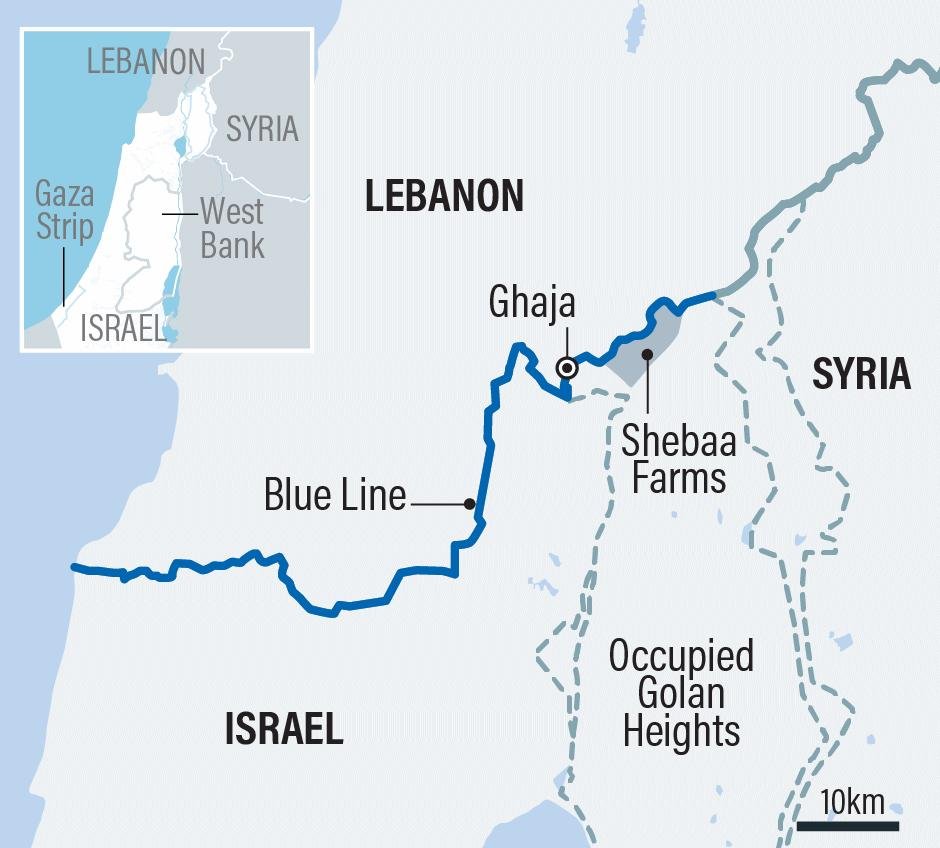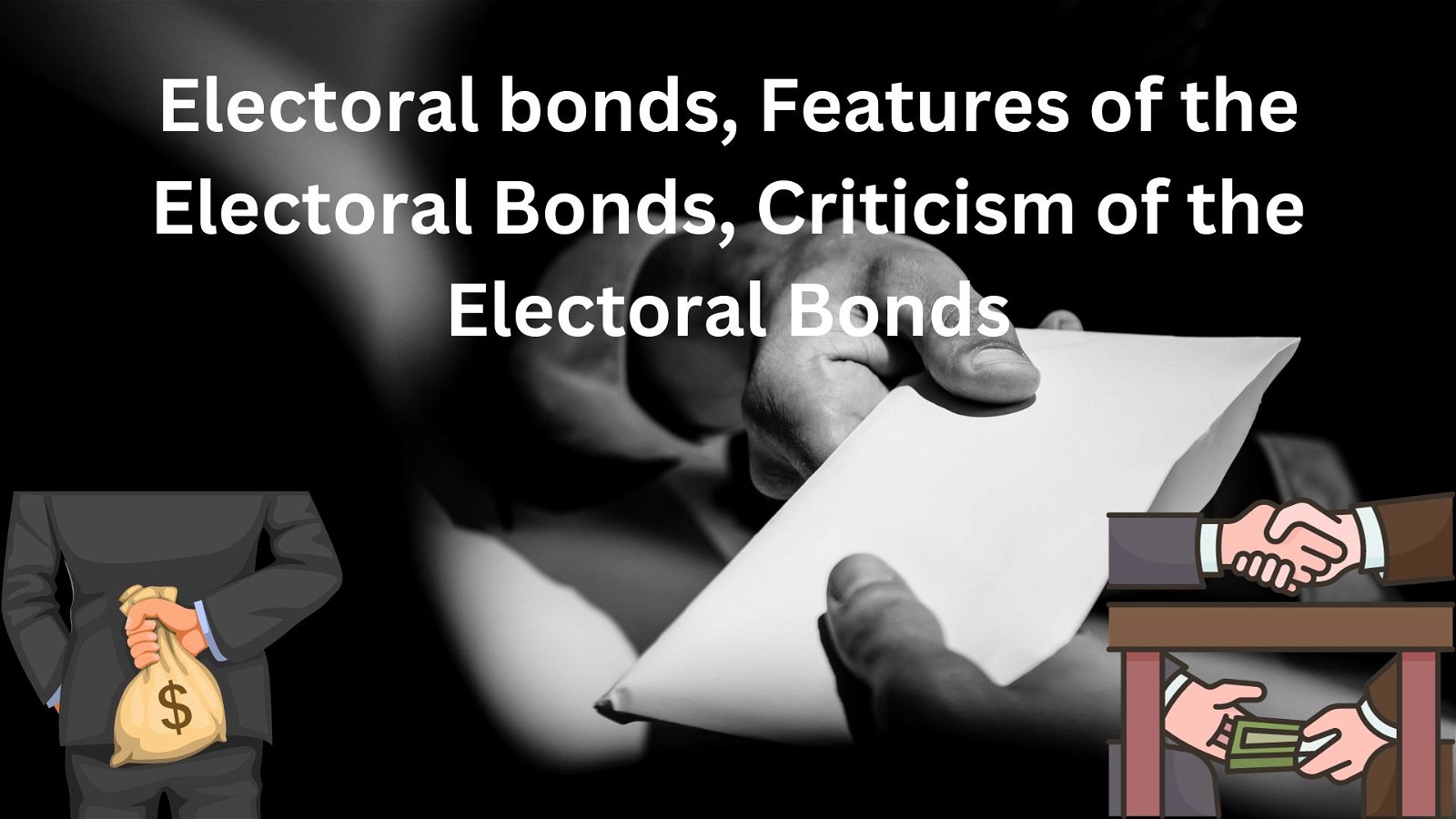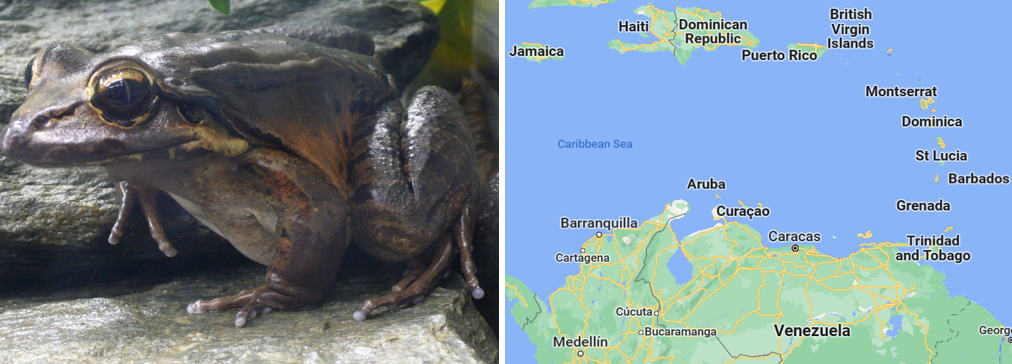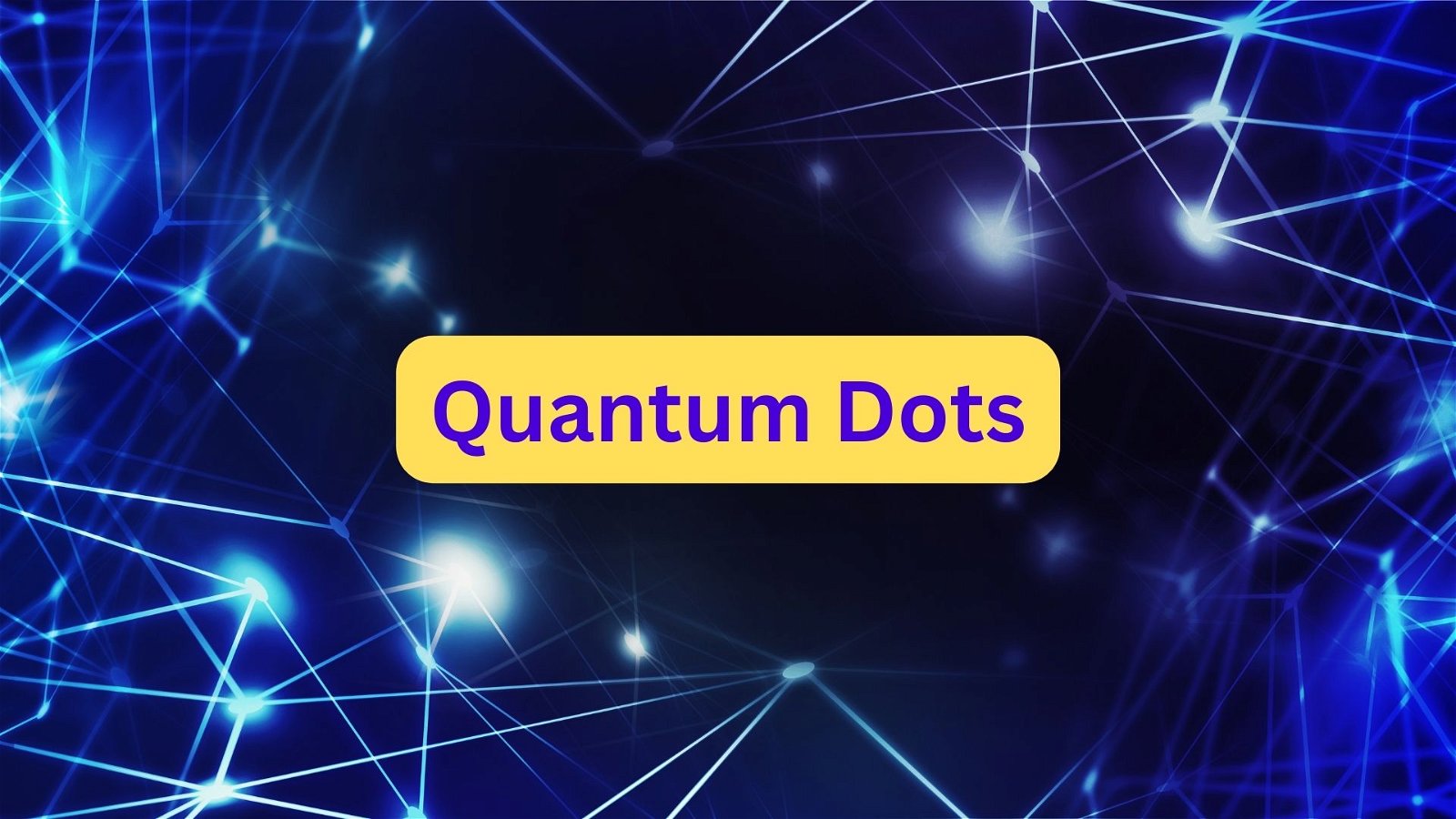
Current Affairs October 06, 2023: Bangladesh-Russia Nuclear Plant Project, Delhi NCR Earthquake, Operation Kachchhap
Subscribers of "Current Affairs" course can Download Daily Current Affairs in PDF/DOC
Subscribe to Never Miss an Important Update! Assured Discounts on New Products!
Must Join PMF IAS Telegram Channel & PMF IAS History Telegram Channel
{GS2 – Governance – Transperancy} Global Internet Freedom Report
- Context (TH): Freedom House, a Washington, DC-based non-profit organisation, released its annual report on Global Internet Freedom.
- The report highlights the 13th consecutive year of decline in global Internet freedom, focusing on online human rights.
- It assesses Internet freedom in 70 countries, representing 88% of Internet users.
Key Findings
- Internet freedom deteriorated in 29 countries, with only 20 countries showing net gains.
- Iran experienced the sharpest rise in digital repression, including Internet shutdowns, blocking of social media, and increased surveillance.
- China remained the world’s worst environment for Internet freedom for the 9th consecutive year, followed by Myanmar as the 2nd most repressive.
- Elections often trigger digital repression, with incumbent leaders criminalising speech, blocking independent news sites, and controlling information flow to influence election outcomes.
India’s Internet Freedom Score
- India received a score of 50 on a scale of 1 to 100, where 100 represents the highest digital freedom.
- Iceland emerged as the country with the best Internet freedom, scoring 94.
Five Censorship Methods Used Worldwide
- Internet connectivity restrictions
- Blocks on social media platforms
- Blocks on websites
- Blocks on VPNs
- Forced removal of content
|
Additional Actions by the Indian Government
- India blocked websites hosting political, social, or religious content.
- Deliberate disruptions of ICT networks.
- Use of pro-government commentators to manipulate online discussions.
- Conducting technical attacks against government critics and human rights organisations.
AI-Enabled Digital Repression in India
- The Information Technology (Intermediary Guidelines and Digital Media Ethics Code) Rules mandated AI-based moderation tools for various types of content.
- The government ordered platforms like YouTube and Twitter to restrict access to a BBC documentary, leading to automated scanning tools being used to remove the related content.
For more info: Freedom of Speech: IT Rules (JULY 2023)
{GS2 – IR – Bangladesh} Bangladesh-Russia Nuclear Plant Project
- Context (TH I TH): Bangladesh received its first uranium delivery for its Russia-backed nuclear power plant, a $12.65-billion project aimed at bolstering its energy grid, 90% funded by Moscow.
Rooppur Nuclear Plant
- The Rooppur nuclear plant in Bangladesh, with twin 1,200-megawatt units, began construction in 2017 and is set to be the country’s largest power station once fully operational by 2025.
US Sanctions and Payment Challenges
- During the United States and its ally’s Sanctions on Russia, Bangladesh remains committed to the Rooppur nuclear plant project and strengthening ties with Moscow.
- Loan Repayment Hurdles: U.S. sanctions on Russian entities caused construction delays due to Bangladesh’s inability to repay loans in U.S. currency.
- Chinese Yuan Solution: In April, Bangladesh opted to use Chinese Yuan for payments exceeding $300 million to circumvent the sanctions, though these payments remain pending.
India’s Role in the Rooppur Nuclear Plant Project
- India holds a nuclear cooperation agreement with both Russia and Bangladesh.
- The Rooppur project is a significant undertaking under the Indo-Russian deal to collaborate on atomic energy projects in third countries.
- The Nuclear Power Corporation of India (NPCIL) is the project’s lead authority from India.
- It’s a milestone considering India’s non-membership in the Nuclear Suppliers Group (NSG), which limits its direct involvement in atomic power reactor construction abroad.
- It significantly boosts India’s “Make in India” initiative, as it involves the production of some nuclear equipment domestically for the Rooppur plant.
Concerns Regarding Nuclear Energy

For more info: Nuclear Fission, Components of Nuclear Reactor, Types of Nuclear Reactors
International Atomic Energy Agency (IAEA)
Nuclear Suppliers Group (NSG)
|
{GS2 – MoD – Initiatives} Positive Indigenisation List
- Context (TH I HT I TT): The Ministry of Defence (MoD) released the 5th Positive Indigenisation list of 98 items at a ‘Swavlamban 2.0 session.
- The list includes combat vehicles, drones, sensors, weapons, and ammunition.
- The initiative aims to boost the domestic industry and reduce dependence on imported military hardware and will be procured through the Defence Acquisition Procedure (DAP) 2020.
Defence Acquisition Procedure (DAP)
|
{GS3 – DM – Earthquake} Delhi NCR Earthquake
Earthquake Zones of India
- Nearly 59% of the land mass of India is prone to earthquakes of different intensities.
- North-East, J&K, Uttarakhand and parts of Himachal Pradesh fall under Zone 5.
- Delhi falls in Zone 4, central India falls under Zone 3, while most of the south falls in Zone 2.

|
Why Delhi NCR is Susceptible to Earthquake?
Geological Location
- Delhi is near the Himalayan region, where the Indian plate collides with the Eurasian plate.
- This collision which created the Himalayas is responsible for most of seismic activity in the region.
- Indian plate continues to move towards the Eurasian plate at a rate of 5 cm per year.
- As a result of this plate movement Delhi NCR frequently experiences seismic tremors.
Faultline
- A faultline is a line on a rock surface or the ground that traces a geological fault.
- A fault is a fracture in the Earth’s crust where two blocks of rock moves relative to each other.
- If the movement occurs rock blocks rapidly, it releases energy which causes earthquakes.
- Delhi is located near three major active fault lines: the Sohna fault line, the Mathura fault line, and the Delhi-Moradabad fault line. There are some minor fault lines as well.

|
For detailed study on Earthquake, Plate Movement, & Faults > PMF IAS Physical Geography | Earthquakes in Delhi NCR Region, Earthquake Microzoning
{GS3 – Envi – Conservation} Operation Kachchhap
- Context (PIB I RW): The Directorate of Revenue Intelligence (DRI) (Ministry of Finance) carried out a successful operation named “Kachchhap”.
- This operation led to the recovery of 955 live baby turtles, including species such as the Indian Tent Turtle, Indian Flapshell Turtle, Crown River Turtle, Black Spotted/Pond Turtle, and Brown Roofed Turtle.
- Some turtle species are listed as vulnerable or near-threatened on the IUCN Red List and protected under the Wildlife (Protection) Act 1972.
Indian Tent Turtle (Pangshura tentoria)
- The species is found in India, Nepal, and Bangladesh.
- IUCN Status: Least Concern

Indian Flapshell Turtle (Lissemys punctata)
- Indian flapshell turtles are widespread and common in the South Asian provinces.
- IUCN Status: Vulnerable
- Habitat: Found in freshwater rivers and swamps

Crown River Turtle (Batagur kachuga)
- This turtle was found in central Nepal, northeastern India, Bangladesh and Burma.
- It has suffered declines in population due to being harvested for meat and shells, drowned in fishing nets, water pollution, hydro-electric schemes and habitat loss.
- IUCN Status: Critically Endangered
- Habitat: Found in deep-flowing rivers with terrestrial nesting sites
- Significant Features: Females can grow larger and heavier than males

Black Spotted/Pond Turtle (Geoclemys hamiltonii)
- The black pond turtle or the Indian spotted turtle, is a freshwater turtle endemic to South Asia.
- IUCN Status: Endangered
- Habitat: Found in lentic water bodies, they are mainly carnivorous and feed on snails or larvae.

Brown Roofed Turtle (Pangshura smithii)
- The species is endemic to South Asia. Two subspecies are recognised.
- IUCN Status: Near Threatened
- Habitat: Found in freshwater swamps and rivers, they prefer to bask in the sun twice a day, often prefer muddy areas

{GS3 – Envi – Conservation} Punjab to Ban PUSA-44 Paddy
- Context (IE): The Punjab government will ban PUSA-44 paddy cultivation from next year.
When did Punjab Farmers Begin Cultivating PUSA-44?
- PUSA-44, a non-Basmati rice, was developed in 1993 by the Indian Council of Agricultural Research.
- Punjab’s farmers initially started sowing PUSA-44 in a few areas. However, after getting a high crop yield, they increased the area under PUSA-44.
- By the 2010s, it became so popular that it covered 70-80% of paddy cultivation areas of Punjab.
Economic Benefits Punjab Farmers Getting from PUSA-44
- Farmers claim that PUSA-44 yields 34-40 quintals per acre, surpassing the 28-30 quintals per acre average of other varieties.
- With the current paddy Minimum Support Price (MSP) at Rs 2,205 per quintal, PUSA-44’s higher yield of 7-10 quintals can increase farmers’ income by Rs 15,000 to 22,000 per acre.
Minimum Support Price (MSP)
|
Concerns with PUSA-44 that Led to its Ban
Declining Ground Water Level
- PUSA-44 is a long-duration variety, taking around 160 days to mature. This is around 35 to 40 days more than other varieties, requiring 5-6 extra irrigation cycles.
- Due to Punjab’s groundwater depletion and the availability of shorter-duration paddy varieties, the government seeks to conserve water by banning this variety.
Rise in Paddy Cultivation in Punjab
|
Aggravate Stubble Burning
- Due to its extended maturity period, PUSA-44 is harvested just before wheat sowing time.
- It is harvested at the end of October, while the ideal time for wheat sowing is early November.
- Farmers require 20-25 days between paddy harvest and wheat sowing for proper stubble disposal.
- However, the limited timeframe PUSA-44 cultivation offers makes stubble management through in-situ and ex-situ methods challenging. This leads to increased incidents of stubble burning.
- Moreover, PUSA varieties produce approximately 2% more stubble than short varieties, which becomes a significant concern when cultivated on a large scale.
|
PR Varieties: Alternative to PUSA-44
|
{GS3 – Envi – Invasive Species} Invasive Plant Species Invasion in India
- Context (HT): A new study on the invasion of invasive plant species in India has been released.
Findings of the Study
Status of Invasion of Invasive Plant Species
- Invasive plant species have invaded 22% of the natural habitats of India. (It has the potential to reach up to 66% of natural habitats in India.)
Invasive Plant Species in Indian Biomes
- Savannas had the highest suitability for invasions (87%), followed by moist grasslands and dry deciduous forests (72% each), while evergreen forests were relatively least suitable (42%).
- Proximity to water aids invasive plants in dry systems (savannas, dry deciduous forests), while closeness to fire supports invasive plants in wet systems (semi-evergreen, evergreen forests).
High Susceptibility of Central India and Western Ghats
- High invasive species potential is in Central India and Western Ghats, home to nearly half of India’s tigers in the 2022 estimation.
Invasive Plant Species in India
- Lantana Camara was found to be the most invasive, covering 50% of the invaded natural habitat.
- Mikania Micrantha had the least expanse and was primarily found in moist grasslands and forests.
Factors Facilitating the Spread of Invasive Plant Invasive
- Factors that facilitated the spread of invasive species are:
- Anthropogenic disturbance in the form of livestock grazing
- Climate change-induced agro-climate conditions
Exotic Species and Invasive Species
Reasons Why Invasive Species Spread Rapidly
Reason Behind the Increase in Invasive species
|
Lantana Camara
Mikania Micrantha
|
{Prelims – Misc – Awards} Nobel Prize for Literature 2023
- Context (TH | IE | IE): The Nobel Prize in Literature 2023 is awarded to Norwegian author Jon Fosse “for his innovative plays and prose which give voice to the unsayable”.
- Literature laureate Fosse’s magnum opus in prose is ‘Septology’ (2021).
- His other important works are ‘The Other Name’, ‘I is Another’, and ‘A New Name’.
- He writes novels in a simplified form that has come to be known as ‘Fosse minimalism’.




![PMF IAS Environment for UPSC 2022-23 [paperback] PMF IAS [Nov 30, 2021]…](https://pmfias.b-cdn.net/wp-content/uploads/2024/04/pmfiasenvironmentforupsc2022-23paperbackpmfiasnov302021.jpg)













